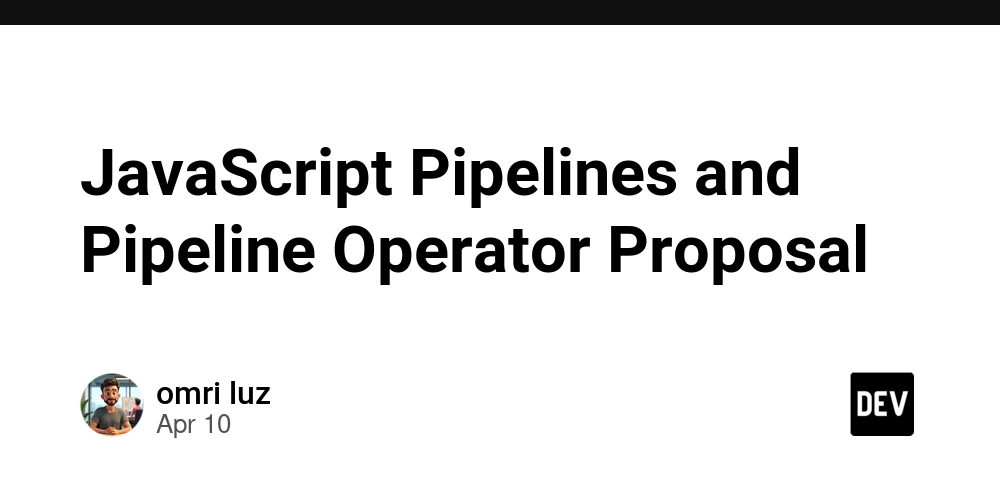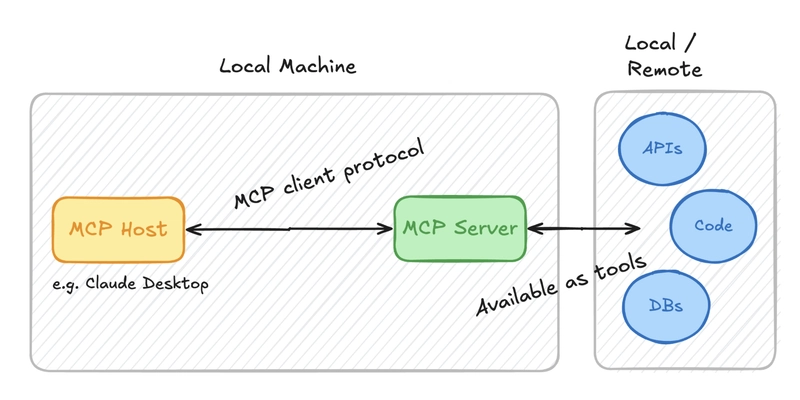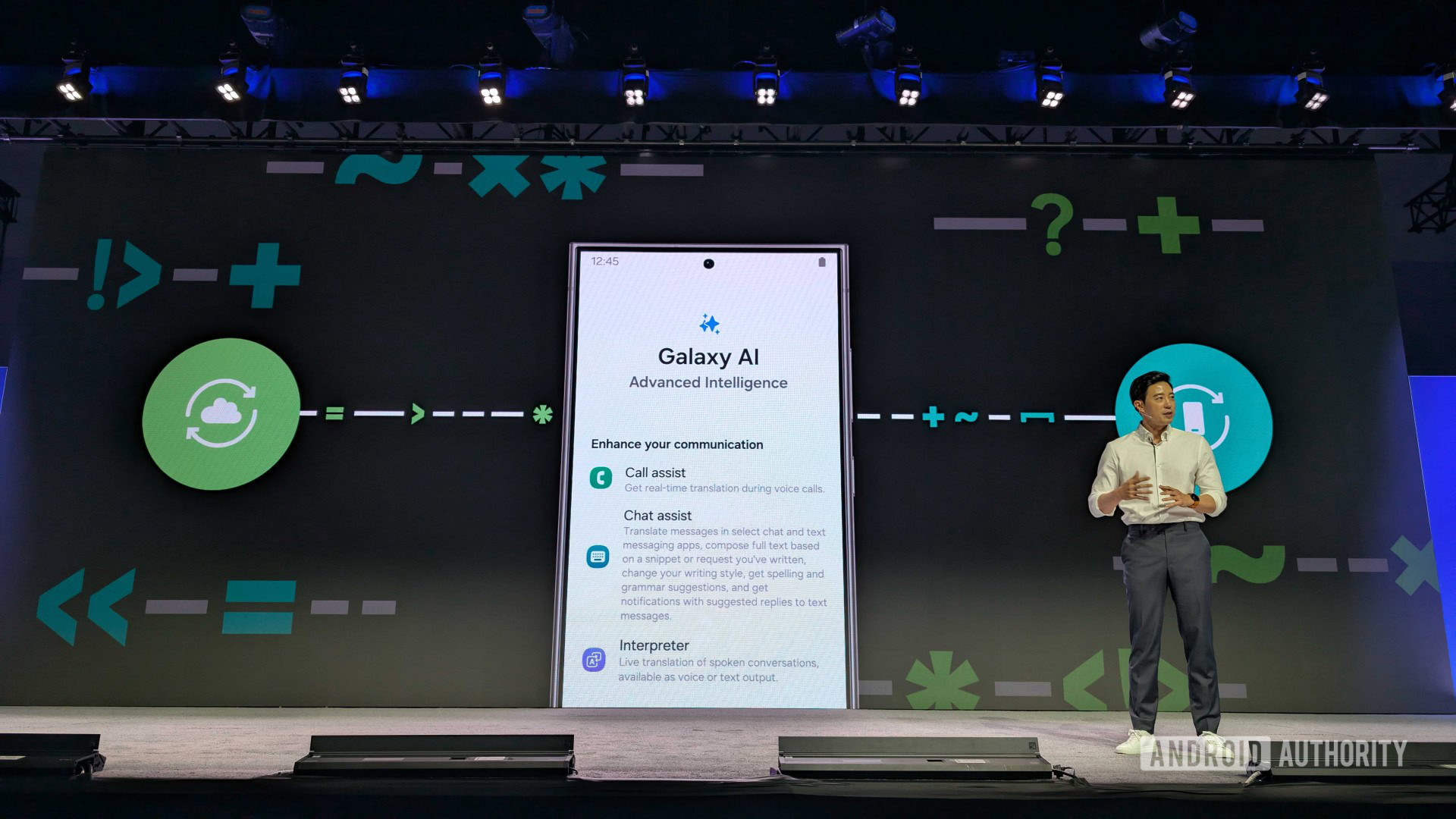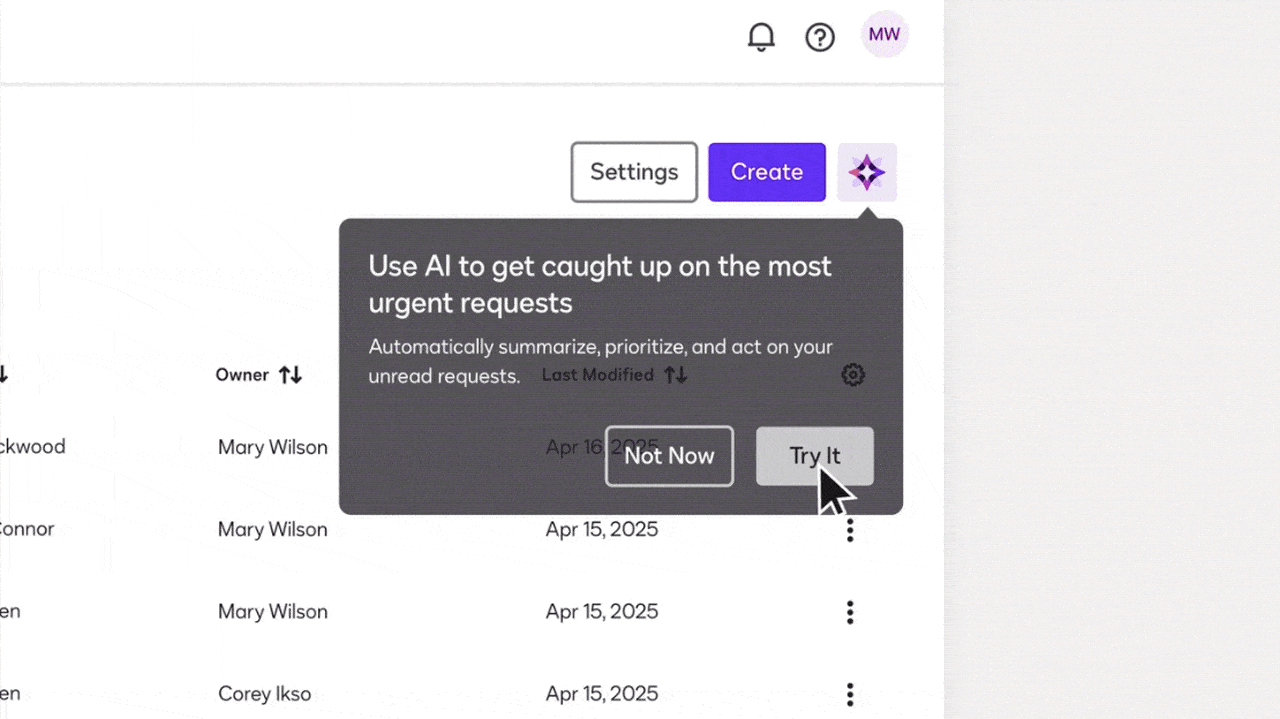JavaScript Pipelines and Pipeline Operator Proposal
JavaScript Pipelines and the Pipeline Operator Proposal Introduction JavaScript has continually evolved, integrating new paradigms that enhance the language's expressiveness and functionality. Among the most compelling features introduced in recent years is the concept of Pipelines, particularly the proposed Pipeline Operator (|>), which aims to streamline the process of chaining function calls. This article provides a comprehensive exploration of JavaScript pipelines and the Pipeline Operator, offering insights into their historical context, technical implications, edge cases, comparisons with alternative approaches, and performance considerations. Historical Context The evolution of function chaining can be traced back to the rise of functional programming paradigms. In languages like Haskell and Elixir, pipeline operators facilitate the passing of data through a series of functions, enabling cleaner and more readable code. In JavaScript, libraries like Lodash and Ramda have offered utility functions to facilitate such chaining, where functions can be composed and invoked sequentially. The rise of modern frameworks such as React and Vue emphasized functional programming concepts, naturally calling for enhancements in how we manage data flow and transformations. The proposal for the Pipeline Operator was introduced to the TC39 committee (the group responsible for evolving JavaScript) to provide a native syntax for dealing with such chained operations. The operator allows for the transformation of data in a manner that more closely resembles other functional programming languages, thus increasing readability and brevity. The Proposal's Current Status and Syntax Initially proposed in 2018, the Pipeline Operator is currently staged at Stage 2 as of October 2023, moving towards a standardization that could potentially be adopted in ECMAScript 2024. The proposed syntax is as follows: result = value |> fn1 |> fn2 |> fn3; This translates to: result = fn3(fn2(fn1(value))); The operator works by taking the result of the expression on its left and passing it as the first argument to the function on its right. In-depth Code Examples Basic Usage Consider a simple example where we have a starting value that undergoes various transformations: const add1 = x => x + 1; const multiplyBy2 = x => x * 2; const subtract3 = x => x - 3; const result = 5 |> add1 |> multiplyBy2 |> subtract3; console.log(result); // Outputs: 9 In this case, the sequence of transformations is clear and readable. Complex Scenario: Object Manipulation When dealing with objects, the operator becomes increasingly powerful as it helps avoid repetitive boilerplate code. For example: const users = [ { name: "Alice", age: 25 }, { name: "Bob", age: 30 }, { name: "Eve", age: 35 }, ]; const getAges = users => users.map(user => user.age); const sumAges = ages => ages.reduce((sum, age) => sum + age, 0); const totalAge = users |> getAges |> sumAges; console.log(totalAge); // Outputs: 90 Handling Promises in Pipelines Pipelines can also be used in asynchronous programming scenarios. Here's an advanced example involving promises: const fetchData = url => fetch(url).then(response => response.json()); const extractUserData = data => data.map(user => user.name); const toUppercase = names => names.map(name => name.toUpperCase()); const pipeline = url => fetchData(url) |> extractUserData |> toUppercase; pipeline('https://jsonplaceholder.typicode.com/users') .then(console.log); // Outputs: names in uppercase format Integrating Error Handling One prominent challenge is error handling within a pipeline. While the existing operator does not accommodate error handling syntactically, developers can integrate JavaScript's try/catch mechanism. Here's an augmented example that demonstrates error handling within a pipeline: const safeFetchData = async (url) => { try { return await fetchData(url); } catch (error) { console.error("Fetch error:", error); return []; } }; const pipelineWithCatch = async url => await safeFetchData(url) |> extractUserData |> toUppercase; pipelineWithCatch('invalid-url') .then(console.log); // Outputs: Fetch error: TypeError Edge Cases and Advanced Implementation Techniques Passing Parameters One of the complexities arises when the functions in a pipeline need multiple arguments. The pipeline operator automatically passes the left-hand argument as the first argument to the right-hand function. To manage this, curried functions or wrapper functions might be required. const multiply = (a, b) => a * b; const add = (a, b) => a + b; const curriedAdd = (b) => (a) => add(a, b); const advancedPipeline = value => value |> curriedAdd(3) |> (v => multiply(v, 4)); // multiply has to be invoked with

JavaScript Pipelines and the Pipeline Operator Proposal
Introduction
JavaScript has continually evolved, integrating new paradigms that enhance the language's expressiveness and functionality. Among the most compelling features introduced in recent years is the concept of Pipelines, particularly the proposed Pipeline Operator (|>), which aims to streamline the process of chaining function calls. This article provides a comprehensive exploration of JavaScript pipelines and the Pipeline Operator, offering insights into their historical context, technical implications, edge cases, comparisons with alternative approaches, and performance considerations.
Historical Context
The evolution of function chaining can be traced back to the rise of functional programming paradigms. In languages like Haskell and Elixir, pipeline operators facilitate the passing of data through a series of functions, enabling cleaner and more readable code.
In JavaScript, libraries like Lodash and Ramda have offered utility functions to facilitate such chaining, where functions can be composed and invoked sequentially. The rise of modern frameworks such as React and Vue emphasized functional programming concepts, naturally calling for enhancements in how we manage data flow and transformations.
The proposal for the Pipeline Operator was introduced to the TC39 committee (the group responsible for evolving JavaScript) to provide a native syntax for dealing with such chained operations. The operator allows for the transformation of data in a manner that more closely resembles other functional programming languages, thus increasing readability and brevity.
The Proposal's Current Status and Syntax
Initially proposed in 2018, the Pipeline Operator is currently staged at Stage 2 as of October 2023, moving towards a standardization that could potentially be adopted in ECMAScript 2024.
The proposed syntax is as follows:
result = value |> fn1 |> fn2 |> fn3;
This translates to:
result = fn3(fn2(fn1(value)));
The operator works by taking the result of the expression on its left and passing it as the first argument to the function on its right.
In-depth Code Examples
Basic Usage
Consider a simple example where we have a starting value that undergoes various transformations:
const add1 = x => x + 1;
const multiplyBy2 = x => x * 2;
const subtract3 = x => x - 3;
const result = 5 |> add1 |> multiplyBy2 |> subtract3;
console.log(result); // Outputs: 9
In this case, the sequence of transformations is clear and readable.
Complex Scenario: Object Manipulation
When dealing with objects, the operator becomes increasingly powerful as it helps avoid repetitive boilerplate code. For example:
const users = [
{ name: "Alice", age: 25 },
{ name: "Bob", age: 30 },
{ name: "Eve", age: 35 },
];
const getAges = users => users.map(user => user.age);
const sumAges = ages => ages.reduce((sum, age) => sum + age, 0);
const totalAge = users
|> getAges
|> sumAges;
console.log(totalAge); // Outputs: 90
Handling Promises in Pipelines
Pipelines can also be used in asynchronous programming scenarios. Here's an advanced example involving promises:
const fetchData = url => fetch(url).then(response => response.json());
const extractUserData = data => data.map(user => user.name);
const toUppercase = names => names.map(name => name.toUpperCase());
const pipeline = url =>
fetchData(url)
|> extractUserData
|> toUppercase;
pipeline('https://jsonplaceholder.typicode.com/users')
.then(console.log); // Outputs: names in uppercase format
Integrating Error Handling
One prominent challenge is error handling within a pipeline. While the existing operator does not accommodate error handling syntactically, developers can integrate JavaScript's try/catch mechanism.
Here's an augmented example that demonstrates error handling within a pipeline:
const safeFetchData = async (url) => {
try {
return await fetchData(url);
} catch (error) {
console.error("Fetch error:", error);
return [];
}
};
const pipelineWithCatch = async url =>
await safeFetchData(url)
|> extractUserData
|> toUppercase;
pipelineWithCatch('invalid-url')
.then(console.log); // Outputs: Fetch error: TypeError
Edge Cases and Advanced Implementation Techniques
Passing Parameters
One of the complexities arises when the functions in a pipeline need multiple arguments. The pipeline operator automatically passes the left-hand argument as the first argument to the right-hand function. To manage this, curried functions or wrapper functions might be required.
const multiply = (a, b) => a * b;
const add = (a, b) => a + b;
const curriedAdd = (b) => (a) => add(a, b);
const advancedPipeline = value =>
value
|> curriedAdd(3)
|> (v => multiply(v, 4)); // multiply has to be invoked with left-hand argument
console.log(advancedPipeline(5)); // Outputs: 32
Combining with Other Features
The pipeline operator can be combined with other JavaScript features, such as async/await and destructuring. This can enhance the elegance and functionality of your code:
const processData = async url => {
const data = await fetchData(url);
return data
|> ({ users } = data)
|> extractUserData
|> toUppercase;
};
processData('https://jsonplaceholder.typicode.com/users')
.then(console.log);
Comparisons with Alternative Approaches
When evaluating the pipeline operator against traditional functional composition or chaining techniques, we can identify several key differences.
Function Composition
Traditional function composition can be done using techniques like compose from functional programming libraries:
const compose = (...fns) => x =>
fns.reduceRight((acc, fn) => fn(acc), x);
const composedResult = compose(subtract3, multiplyBy2, add1)(5);
console.log(composedResult); // Outputs: 9
Comparison: While both pipeline operators and function composition bring cleanliness and clarity, the pipeline operator provides a left-to-right reading order, which many find more intuitive.
Method Chaining
Method chaining in Object-Oriented Programming can achieve similar outcomes, but often leads to a more verbose syntax, particularly when functions aren’t natural methods of an object.
const result = users
.map(user => user.age)
.reduce((sum, age) => sum + age, 0);
In contrast, the pipeline operator presents a more concise, isolating approach.
Real-World Use Cases
The application of pipelines has a wide range of industry use cases. Here are a few notable examples:
Data Transformation: Applications like GraphQL can utilize pipeline operators to transform query parameters cleanly, allowing more readable API endpoint integrations.
UI State Management: Frameworks such as Redux could leverage pipelines to dynamically update and manipulate state.
User Input Processing: Form handling in web applications can be translated into pipelines for cleaner validation and processing flows.
Performance Considerations and Optimization Strategies
While the pipeline operator simplifies code, developers should be aware of several performance implications:
Function Call Overhead: Each operator call adds a function call overhead. For heavily-used pipelines, this can lead to performance bottlenecks.
Memory Usage: Intermediate values created during the transformation can lead to higher memory usage, particularly in extensive data processing scenarios.
Optimization Strategies
Optimize performance by:
Minimizing Function Calls: Combine pure functions where possible to reduce the number of calls, particularly in performance-critical processing areas.
Utilizing Memoization: Cache frequently called function results to avoid unnecessary recalculations.
Careful Data Structure Choices: Use efficient data structures not just for storage but for processing, inconclusively impacting CPU cycles and memory consumption.
Potential Pitfalls and Advanced Debugging Techniques
Debugging Chains: Debugging complex pipelines can be challenging. Utilize the
console.logintermixed with functions to track value manipulations.Asynchronous Pitfalls: In complex scenarios using asynchronous functions, be diligent with promise resolution. Mismanaging promise chaining can lead to undiagnosed failures.
Side Effects: Functions used within pipelines should aim for pure functions to avoid unintentional side effects. Such functions should always operate independently of external states.
Debugging Techniques
Leverage tools such as Chrome DevTools to monitor function calls and inspect values at various points within the pipeline, helping identify where unexpected behaviors manifest.
Conclusion
As JavaScript continues to advance, the Pipeline Operator presents an invaluable addition that aligns the language with modern programming paradigms. For professional developers, understanding and effectively utilizing pipelines can lead to significant improvements in code maintainability, readability, and performance.
This article merely scratches the surface of what the pipeline operator can offer; continued exploration into its capabilities and best practices is essential as the JavaScript ecosystem evolves. For further reading, consult the TC39 Pipeline Operator Proposal and the official ECMAScript documentation for in-depth specifications and updates regarding the implementation of new JavaScript features.









































































































































































![[The AI Show Episode 144]: ChatGPT’s New Memory, Shopify CEO’s Leaked “AI First” Memo, Google Cloud Next Releases, o3 and o4-mini Coming Soon & Llama 4’s Rocky Launch](https://www.marketingaiinstitute.com/hubfs/ep%20144%20cover.png)







































































































































































































![Blue Archive tier list [April 2025]](https://media.pocketgamer.com/artwork/na-33404-1636469504/blue-archive-screenshot-2.jpg?#)


































.png?#)



.jpg?#)































.webp?#)












































































































![Apple to Split Enterprise and Western Europe Roles as VP Exits [Report]](https://www.iclarified.com/images/news/97032/97032/97032-640.jpg)
![Nanoleaf Announces New Pegboard Desk Dock With Dual-Sided Lighting [Video]](https://www.iclarified.com/images/news/97030/97030/97030-640.jpg)

![Apple's Foldable iPhone May Cost Between $2100 and $2300 [Rumor]](https://www.iclarified.com/images/news/97028/97028/97028-640.jpg)




































































































































